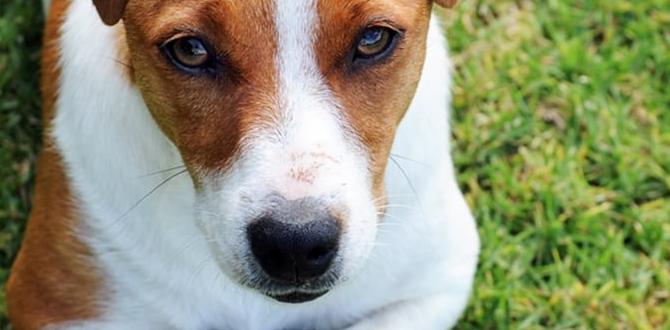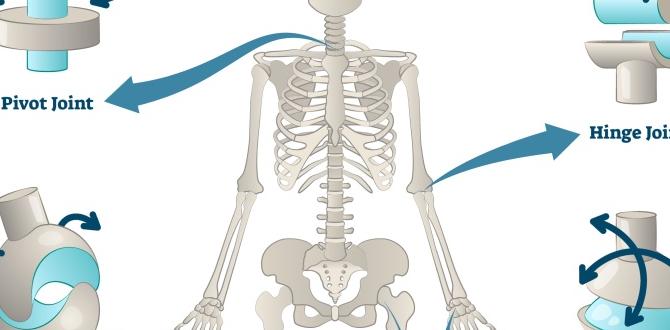Calm aggressive dog step by step is a journey that requires patience, understanding, and a consistent approach. Aggression in dogs is a complex behavior with various underlying causes, ranging from fear and anxiety to territoriality and learned responses. Fortunately, with the right techniques and a commitment to positive reinforcement, it is possible to foster a calmer, more well-adjusted canine companion. This article will guide you through a structured, step-by-step process to help transform your aggressive dog into a more serene member of your family.
Understanding Canine Aggression: The Root of the Problem
Before diving into the “how-to,” it’s crucial to understand why your dog is exhibiting aggressive behaviors. Aggression isn’t a personality trait; it’s a symptom. Common triggers include:
Fear and Anxiety: A dog constantly feeling threatened will lash out as a defense mechanism. This can stem from past trauma, lack of socialization, or even loud noises.
Resource Guarding: Protecting food, toys, or even their favorite sleeping spot can lead to aggression when another dog or human approaches.
Pain or Illness: Unexpected pain can make even the gentlest dog irritable and aggressive. A sudden change in behavior warrants a veterinary check-up.
Frustration: Lack of exercise, mental stimulation, or an inability to reach a desired goal can build up frustration and manifest as aggression.
Genetics and Breed Predispositions: While environment plays a huge role, some breeds may have genetic tendencies towards certain types of protective or assertive behaviors.
Identifying the root cause is the foundational step in addressing aggression. Observe your dog’s body language carefully: are they posturing, growling, snapping, or biting? What were the circumstances leading up to the aggressive outburst? This information will be invaluable as you implement training strategies.
Step 1: Prioritize Safety and Management
The immediate priority when dealing with an aggressive dog is to ensure the safety of everyone involved – your dog included. This means implementing management strategies to prevent further incidents while you work on training.
Muzzle Training: A well-fitted basket muzzle is an essential tool for safety. It allows your dog to pant, drink, and bark while preventing them from biting. Introduce the muzzle positively, associating it with treats and praise, so your dog doesn’t fear it.
Leash Control: Always keep your dog on a leash in areas where they might encounter triggers. A sturdy, non-retractable leash is recommended. Consider a front-clip harness or head halter for better control if needed.
Environmental Management: Identify and minimize exposure to triggers. If your dog is aggressive towards visitors, create a safe space for them (a crate, a separate room) with their favorite toys and a chew when guests arrive. If it’s food aggression, feed them in a space where they won’t be disturbed.
Supervision: Never leave your aggressive dog unsupervised around children, other pets, or potential triggers.
Management isn’t a permanent solution, but it’s a crucial temporary measure to prevent escalating behaviors and build confidence for both you and your dog.
Step 2: Build a Foundation of Trust and Positive Association
The core of any successful behavior modification program for an aggressive dog lies in building a strong, trusting relationship based on positive reinforcement. This means rewarding desired behaviors and making your dog feel safe and secure.
Positive Reinforcement Training: Use high-value treats (small pieces of chicken, cheese, or commercial training treats) and enthusiastic praise to reward calm behavior, polite greetings, and responses to commands. Focus on teaching basic obedience cues like “sit,” “stay,” “come,” and “leave it.” A dog that listens to you is easier to manage and redirect.
Desensitization and Counter-Conditioning: This is a powerful technique for fear-based or reactivity-related aggression.
Desensitization: Gradually expose your dog to their triggers at a distance or intensity where they don’t react (remain “under threshold”). For example, if your dog barks at other dogs, start by having another calm dog walk by far in the distance.
Counter-Conditioning: Pair the presence of the trigger with something positive, like a tasty treat. As the trigger appears (at a safe distance), give your dog treats. When the trigger disappears, the treats stop. The goal is to change your dog’s emotional response from negative (fear, anxiety) to positive (anticipation of a treat).
This process takes time and requires careful observation. You need to find the “just right” distance for your dog to experience the trigger without reacting. Any sign of stress (lip licking, yawning, stiffening, growling) means you’ve moved too quickly and need to increase the distance.
Step 3: Addressing Specific Aggression Triggers
Once you have management in place and are building a positive relationship, you can start to address specific types of aggression.
Calm Aggressive Dog Step by Step: Socialization and Leash Reactivity
For dogs reactive to other dogs, the desensitization and counter-conditioning techniques described above are paramount.
1. Find Controlled Environments: Arrange for a trusted friend with a calm, well-behaved dog to meet you in an open space.
2. Maintain Distance: Start at a distance where your dog notices the other dog but doesn’t react.
3. Treat Pairing: As soon as your dog sees the other dog, start feeding high-value treats. Stop treats when the other dog is out of sight.
4. Gradual Approach: Over many sessions, slowly decrease the distance, always ensuring your dog remains calm. If your dog shows any signs of stress, increase the distance.
5. Focus on You: Reward your dog for looking at you instead of the trigger. Teach a “look at that” game: see the trigger, get a treat.
Calm Aggressive Dog Step by Step: Resource Guarding
Resource guarding requires a slightly different approach. The goal is to teach your dog that people approaching their resources actually lead to good things, rather than taking them away.
1. Trading: When your dog has something they might guard (a toy, a bone), approach them calmly and offer a higher value treat. As they drop the item to take the treat, praise them. This teaches them that giving things up results in a reward.
2. “Leave It” and “Take It”: Once they understand trading, practice “leave it” by placing an item on the floor and rewarding them for ignoring it. When they can reliably do this, progress to “take it” where you ask them to take the item from your hand.
3. Controlled Departures: If your dog is guarding their food bowl, practice walking past the bowl and dropping a handful of kibble into it, then walking away. This shows them that your presence can be a positive addition to their meal.
Step 4: Consistency and Patience
The “step by step” approach to calming an aggressive dog is a marathon, not a sprint. There will be good days and bad days. What is crucial is consistency. Everyone in the household needs to be on the same page with the training methods and management strategies.
Establish a Routine: Dogs thrive on routine. Predictable feeding times, exercise, and training sessions create a sense of security.
Exercise and Mental Stimulation: A tired dog is a good dog. Ensure your dog is getting adequate physical exercise and mental challenges. Puzzle toys, scent games, and training sessions can help reduce pent-up energy and frustration.
Celebrate Small Victories: Did your dog walk past another dog without barking? Did they allow someone to get close to their food bowl without a growl? Acknowledge and reward these small but significant improvements.
* Seek Professional Help: If you are struggling, or if your dog’s aggression is severe, do not hesitate to consult a certified professional dog trainer or a veterinary behaviorist. They can provide personalized guidance and create a tailored training plan.
Transforming an aggressive dog into a calm companion is one of the most rewarding aspects of dog ownership. By understanding the root causes, implementing a structured step-by-step plan, prioritizing safety, using positive reinforcement, and maintaining unwavering patience and consistency, you can help your dog overcome their aggression and live a happier, more peaceful life.
Meet Elyse Colburn, the devoted canine companion and storyteller behind the enchanting world of “Tales, Tails, and Adventures Unleashed.” A passionate dog enthusiast with a heart full of paw prints, Elyse Colburn shares heartwarming tales and insightful adventures, celebrating the joy, loyalty, and endless antics that make every dog a true hero. Join Elyse Colburn on this tail-wagging journey, where every post is a love letter to our four-legged friends.





